The Art of Traditional Food Making: A Journey Through English Composition
In the vast tapestry of culinary arts, traditional food making stands as a testament to the rich cultural heritage of various societies. It is an art form that has been passed down through generations, each contributing their unique flavors and techniques to the dishes that have become synonymous with their regions. In this English composition, we will embark on a journey through the intricacies of traditional food making, exploring the significance of these recipes and the skills required to bring them to life.
The first step in understanding traditional food making is to recognize its roots. Traditional recipes are often deeply intertwined with the history and customs of a particular region. They are not just meals; they are stories, told through the ingredients and methods used to prepare them. For instance, in English cuisine, the classic Sunday roast with Yorkshire pudding is not only a meal but also a tradition that brings families together, reflecting the importance of community and shared experiences.
The ingredients used in traditional food making are often locally sourced, highlighting the terroir and the natural bounty of the area. This not only supports local economies but also ensures the freshness and authenticity of the flavors. Take, for example, the use of fresh herbs in Mediterranean cuisine or the reliance on seasonal vegetables in Japanese kaiseki. These ingredients are not just components of a dish; they are the heart and soul of the culinary tradition.
The process of traditional food making is as much about the preparation as it is about the final product. It involves a deep understanding of the ingredients and the patience to let flavors develop over time. Fermentation, for example, is a key process in many traditional foods, from the making of kimchi in Korea to the curing of charcuterie in France. This process allows for the transformation of ingredients, creating complex flavors that are impossible to achieve through other means.
The techniques used in traditional food making are often passed down through generations, with each family adding their own twist to the recipe. This is evident in the art of pasta making in Italy, where each region has its own style and method, from the thin and delicate fettuccine to the hearty and robust pappardelle. The skill required to knead the dough, shape the pasta, and cook it to perfection is a testament to the craft and the love that goes into every dish.
The tools used in traditional food making are often simple but essential. A well-seasoned cast iron skillet, a sharp knife, or a traditional clay pot can make all the difference in the final product. These tools are not just functional; they are symbols of the culinary tradition, each with its own story and history.
The presentation of traditional food is as much an art as the cooking itself. The way a dish is plated can enhance the flavors and tell a story about the dish's origins. From the intricate garnishes of French cuisine to the minimalist presentation of Japanese sushi, each element on the plate is carefully considered to create a harmonious and visually appealing dish.
The role of traditional food making in modern society is multifaceted. It serves as a bridge between the past and the present, allowing us to connect with our roots and understand the evolution of our culinary traditions. It also plays a crucial role in preserving cultural identity, as food is often one of the most powerful ways to express and share one's heritage.
In the age of globalization, traditional food making is also a way to celebrate diversity and foster understanding between different cultures. By learning about and appreciating the traditional foods of other cultures, we can gain a deeper appreciation for the world's culinary landscape and the people who create these dishes.
The future of traditional food making lies in the hands of those who are passionate about preserving these recipes and techniques. It is essential to document and share these culinary traditions to ensure they are not lost to time. This can be done through cooking classes, food festivals, and culinary exchanges, where chefs and home cooks can come together to learn and share their knowledge.
In conclusion, traditional food making is a rich and complex art form that encompasses history, culture, technique, and community. It is a celebration of the human spirit and our innate desire to connect with one another through the universal language of food. As we continue to explore and appreciate these culinary traditions, we not only honor the past but also contribute to the vibrant tapestry of global cuisine that enriches our lives today and for generations to come.


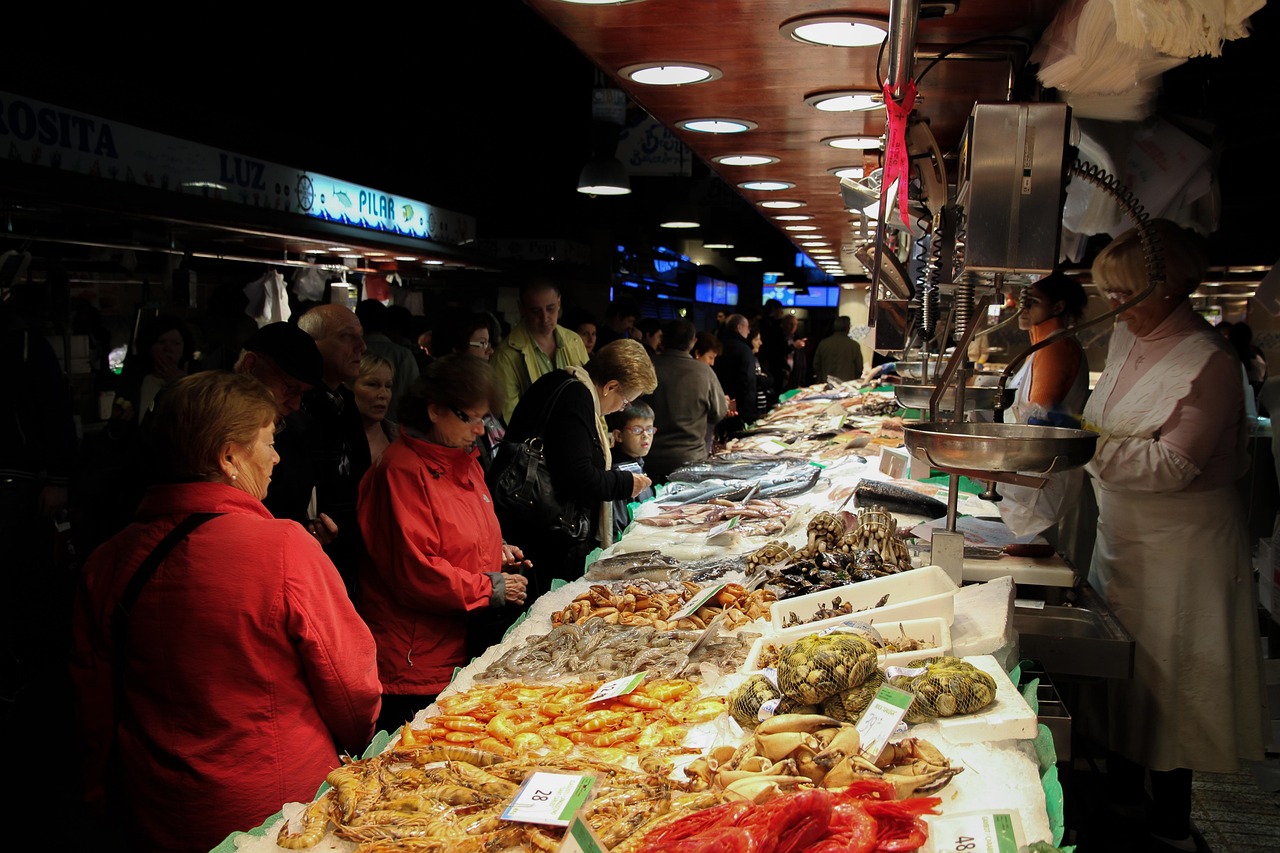
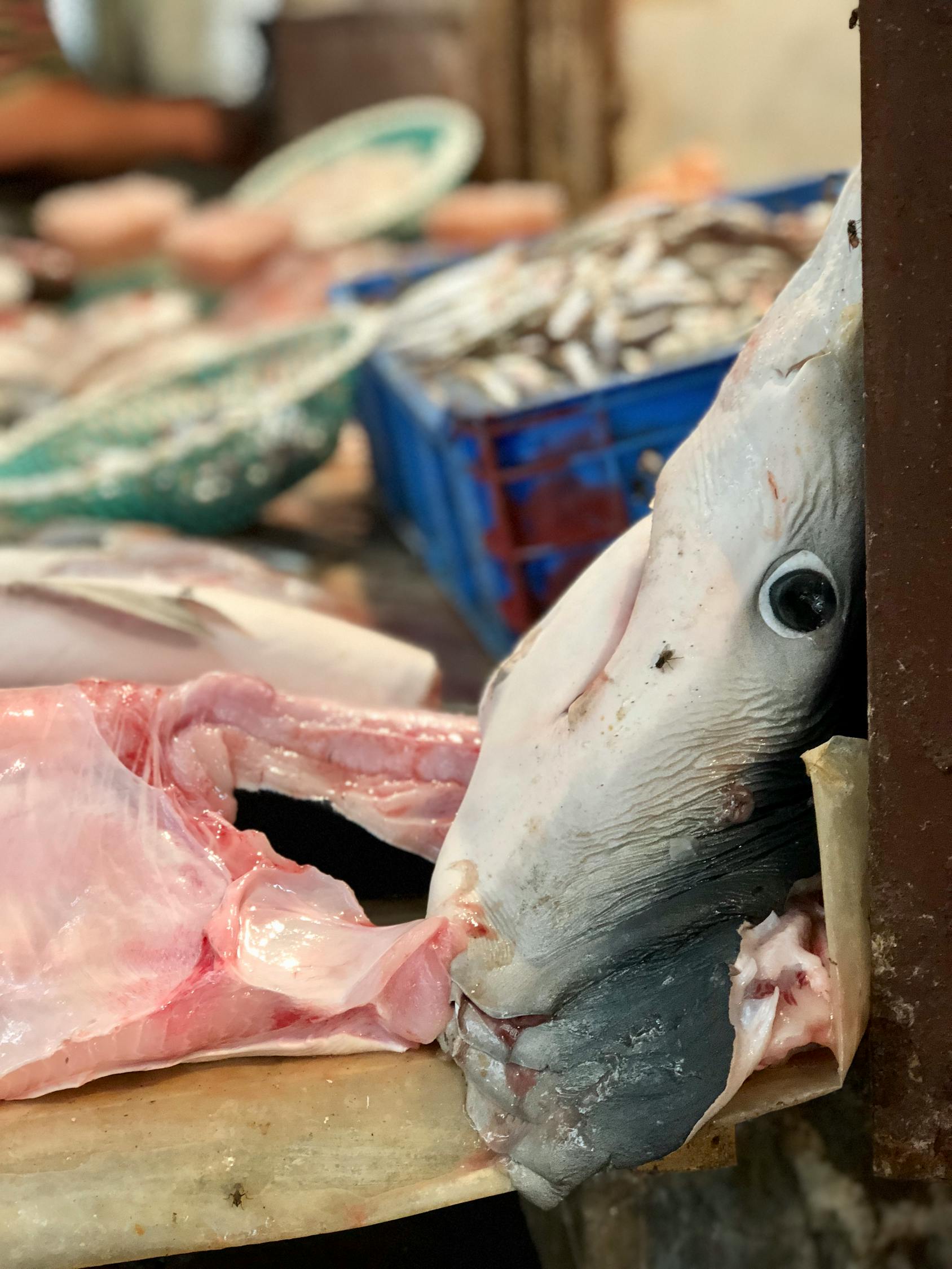
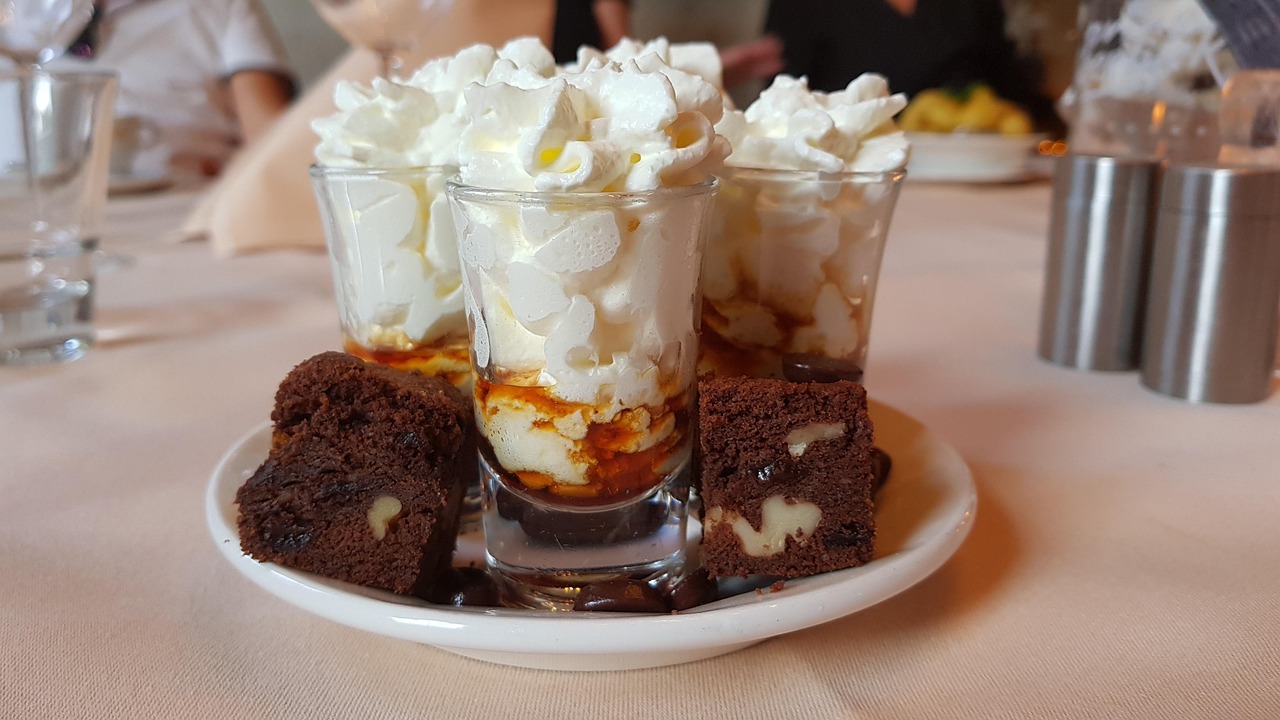
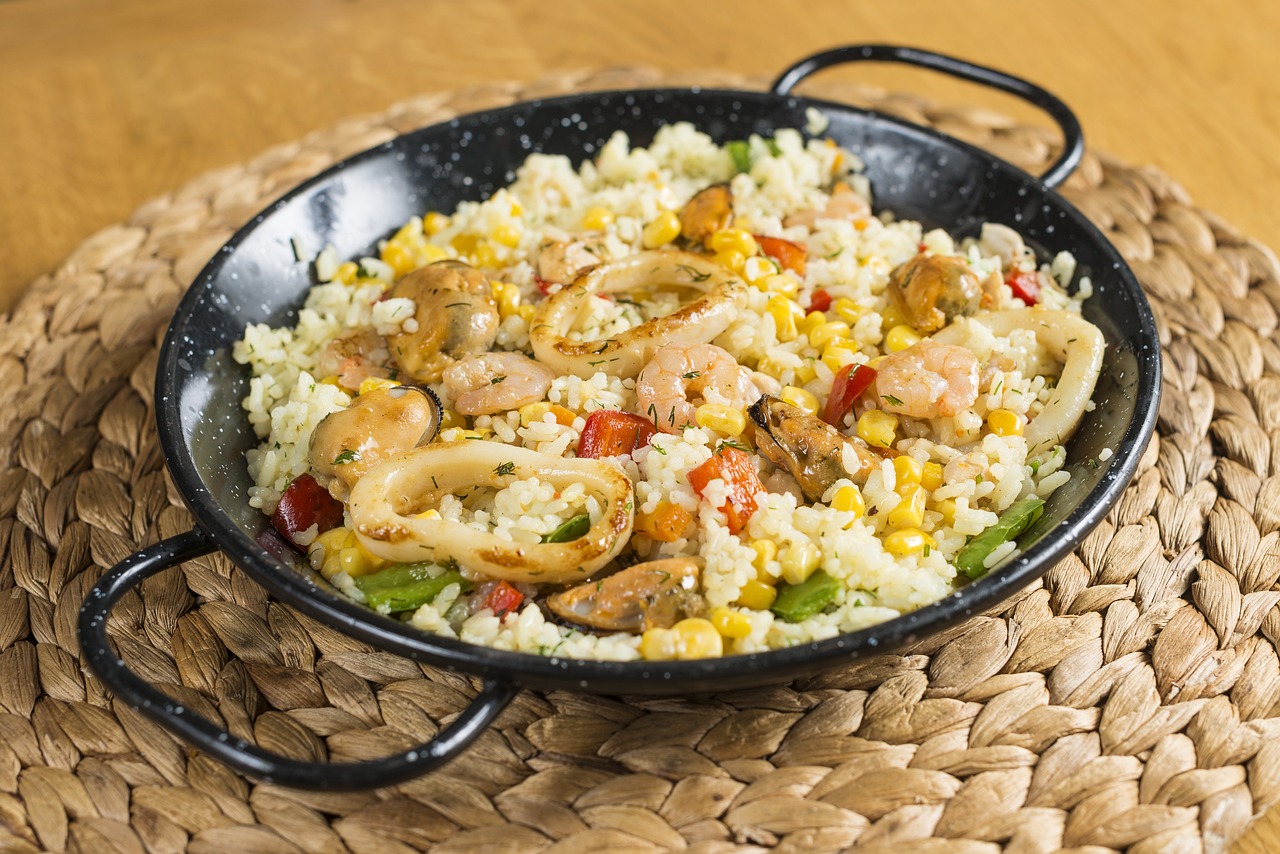
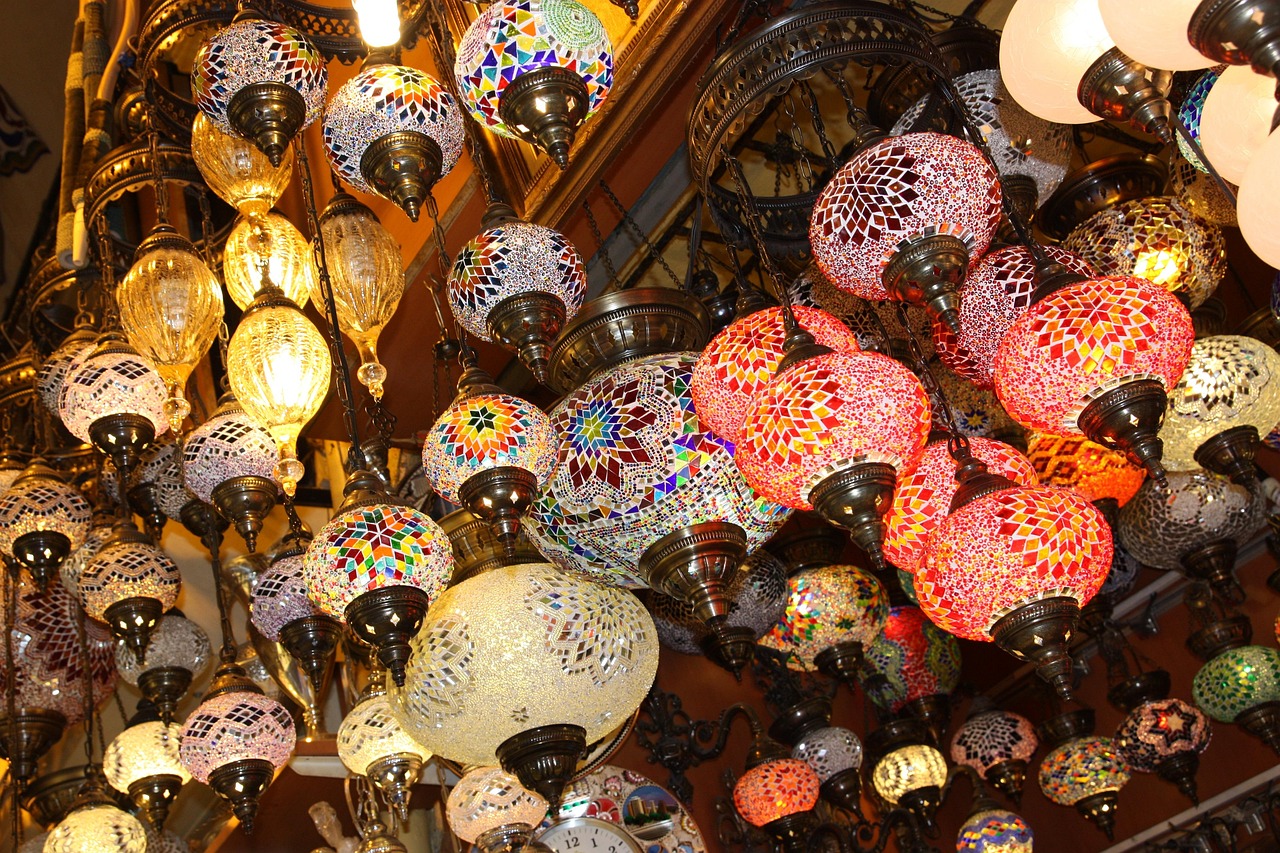
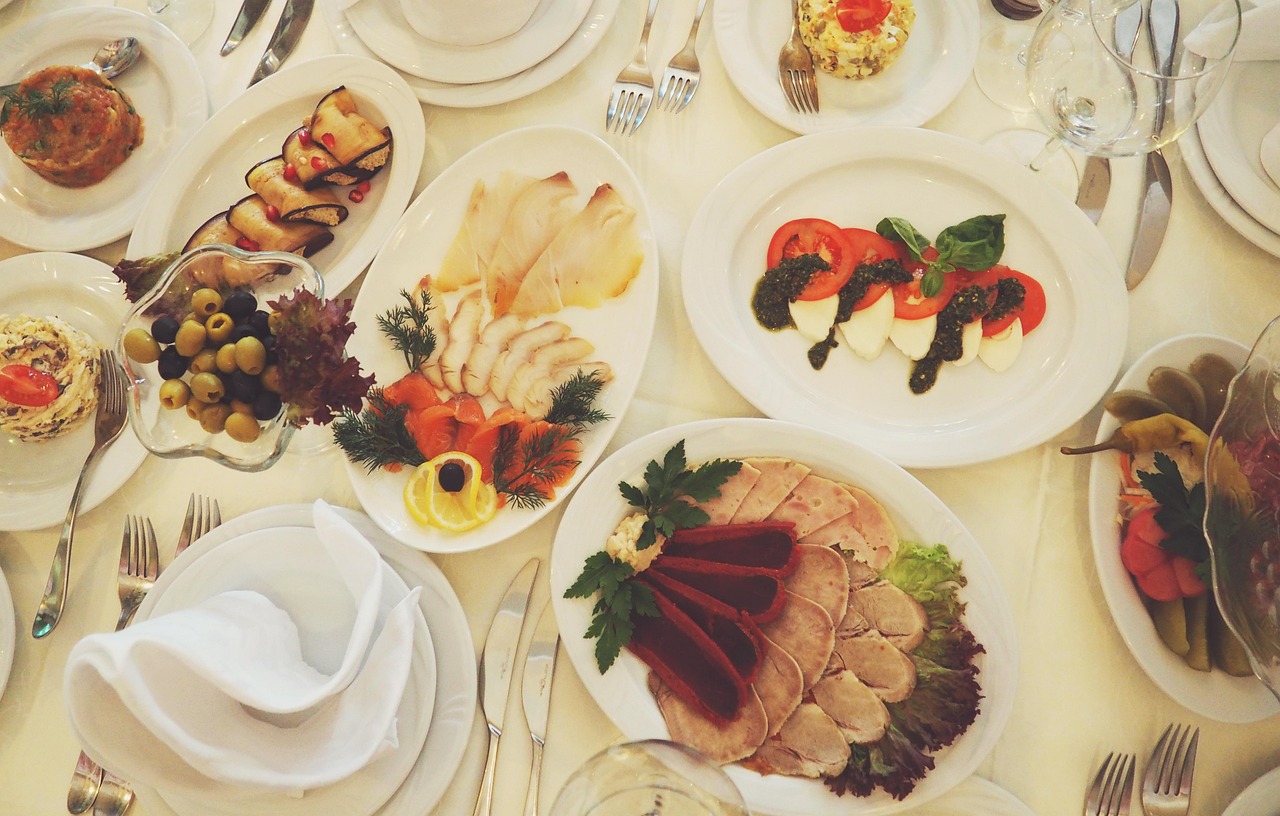

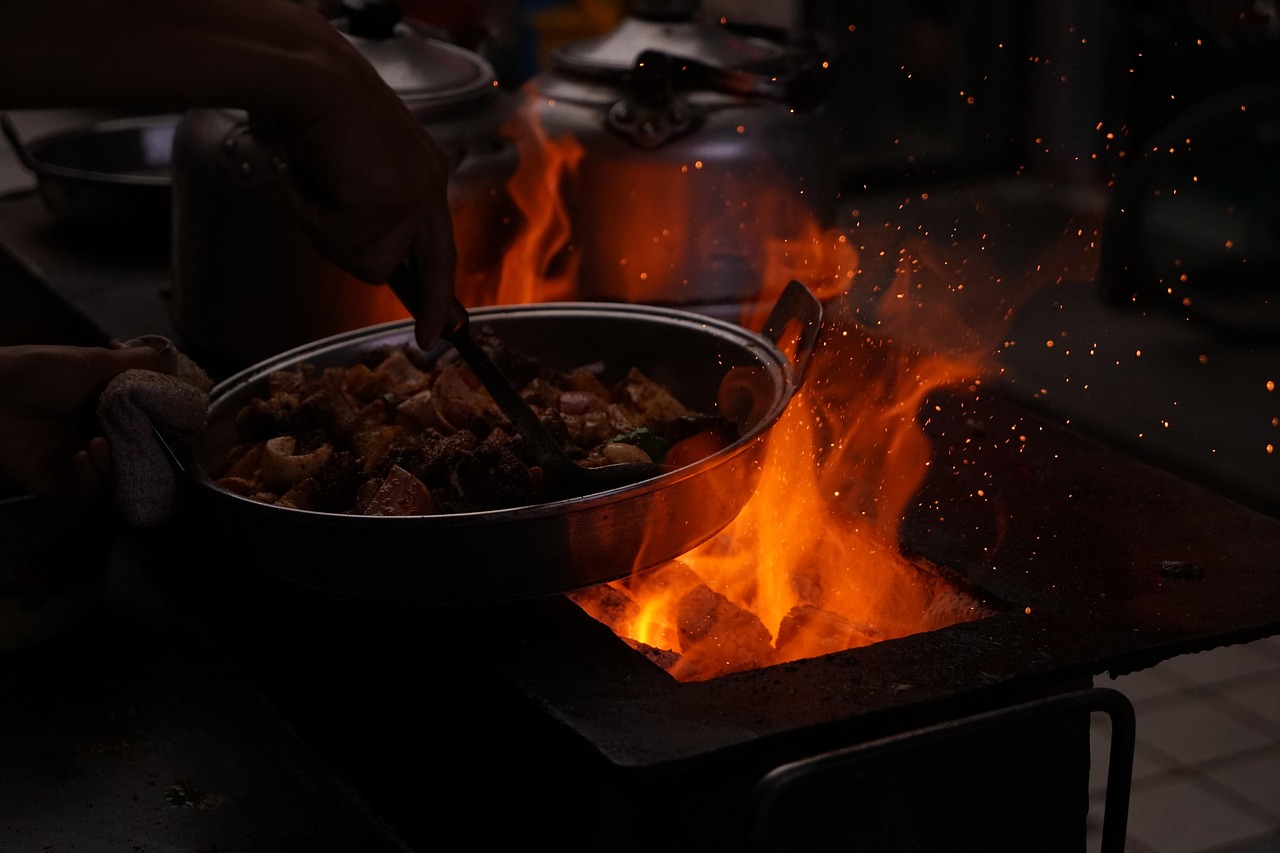
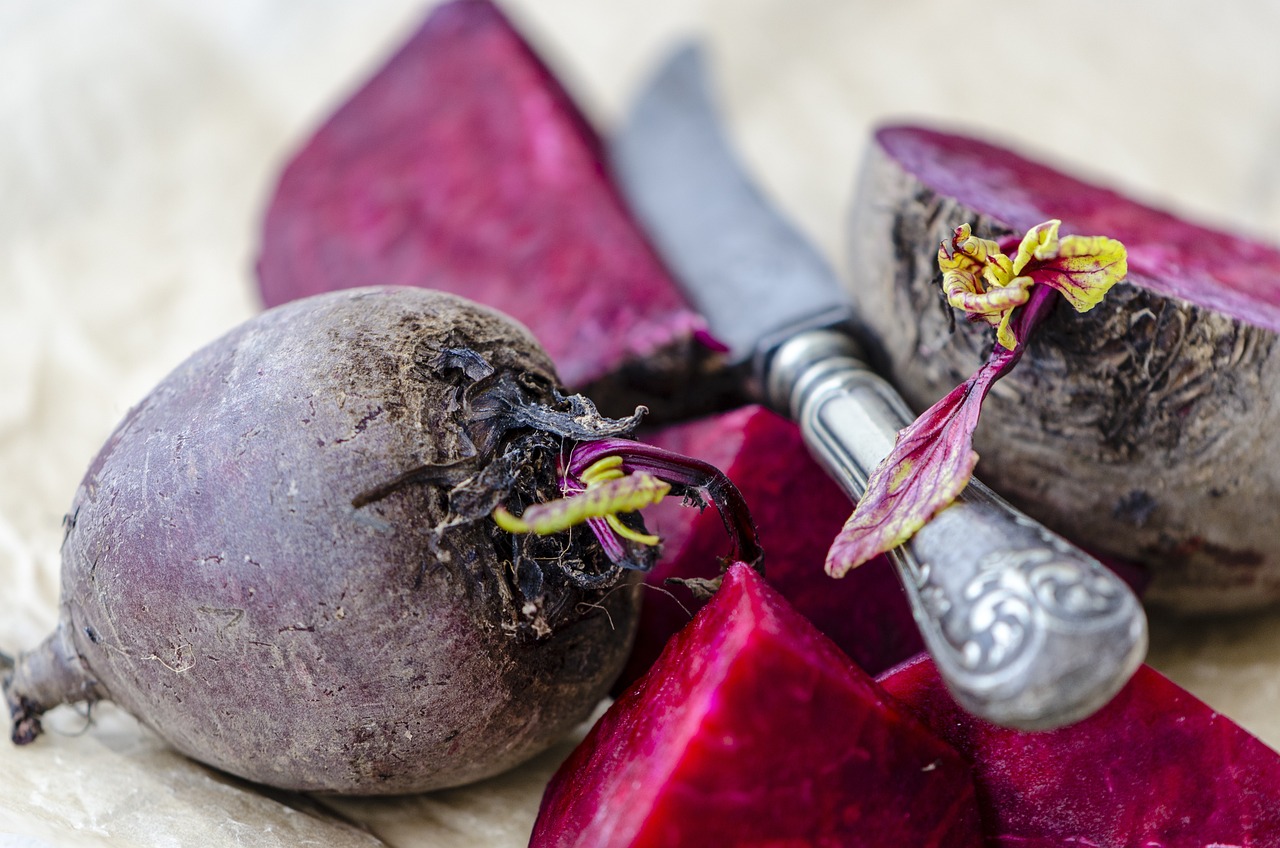
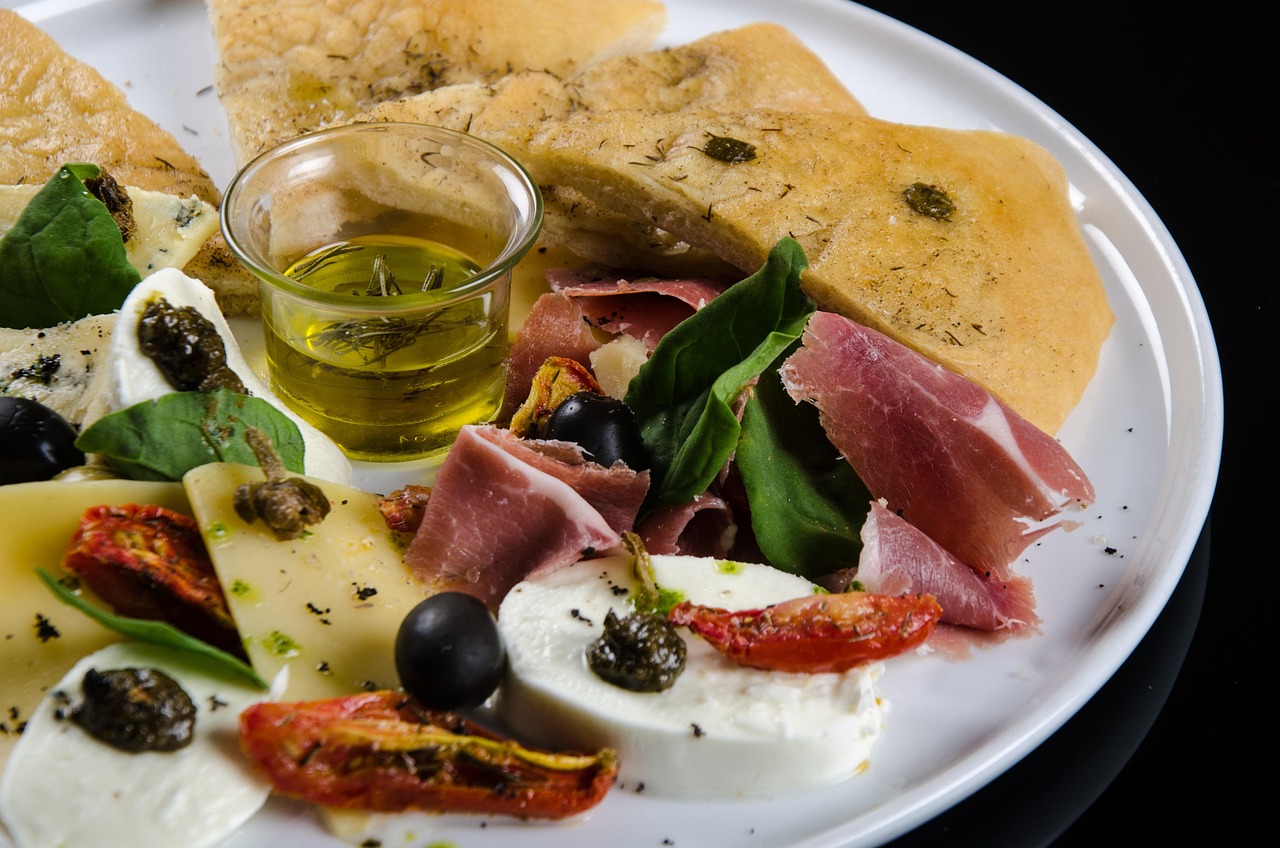
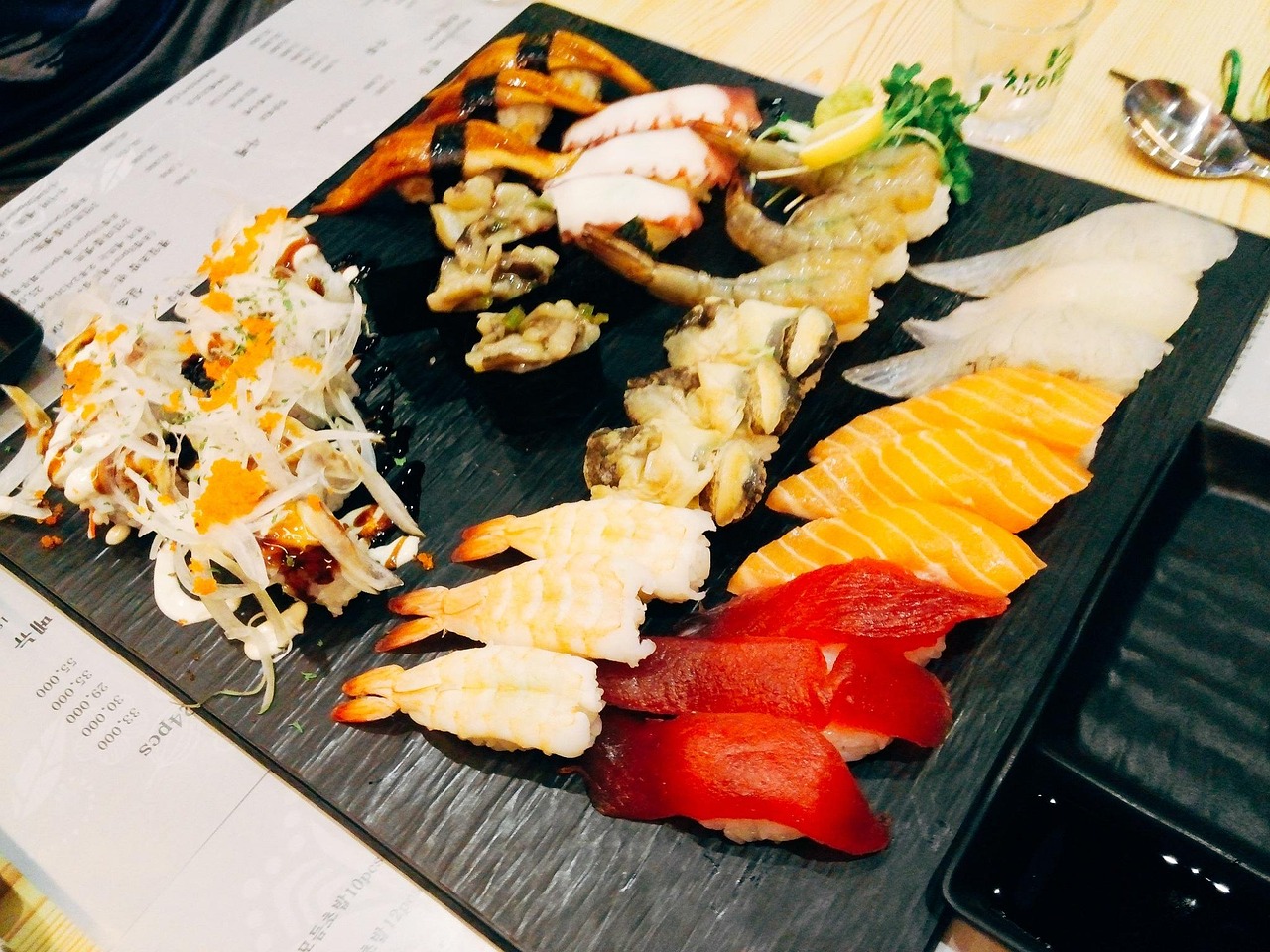
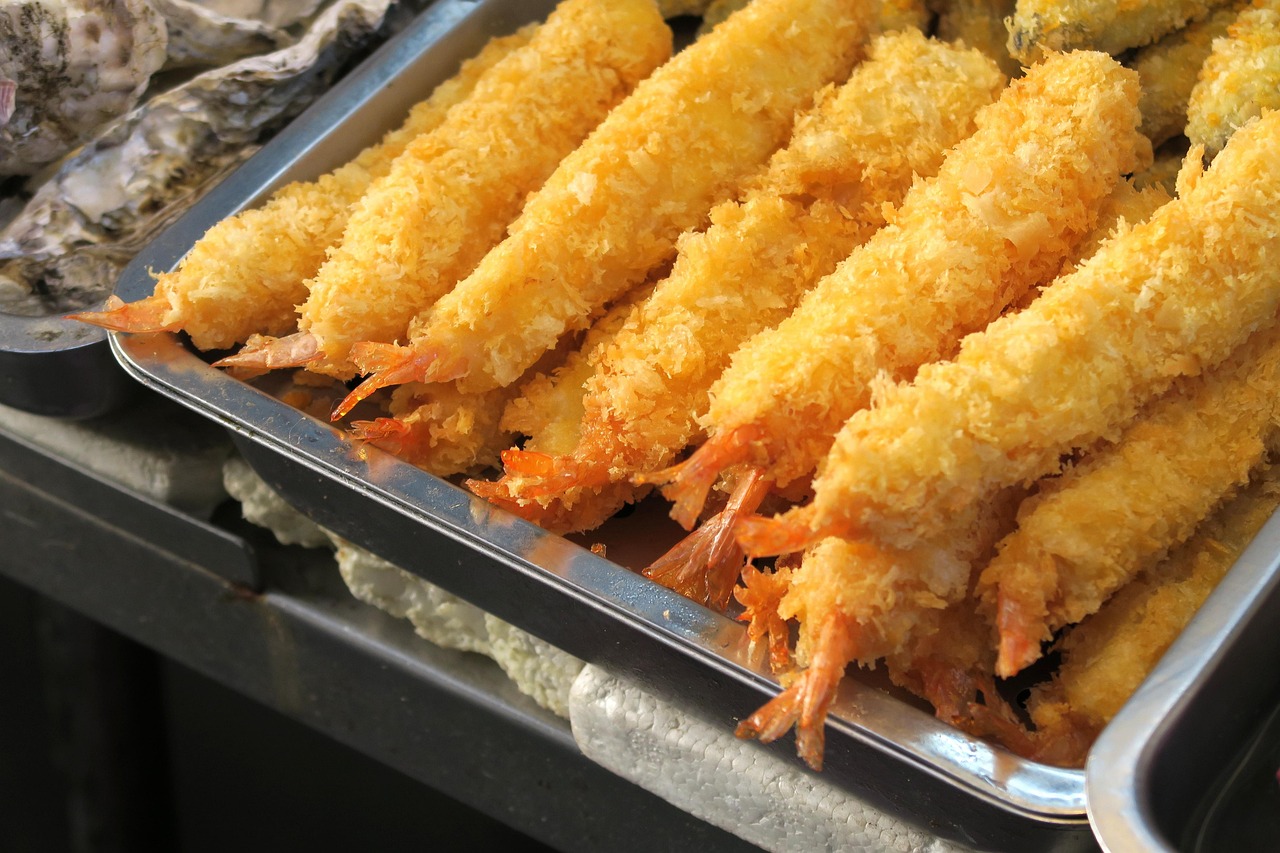
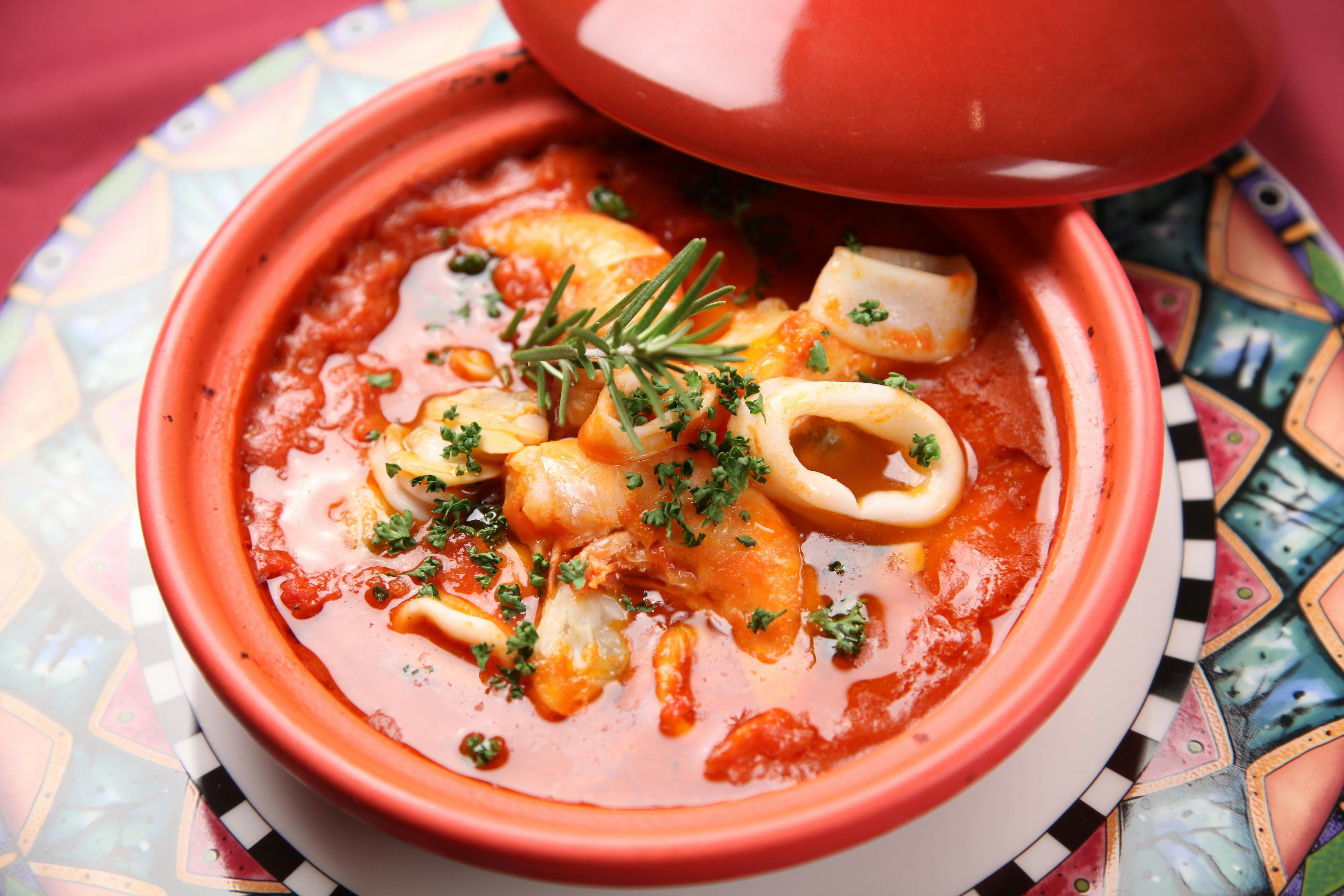
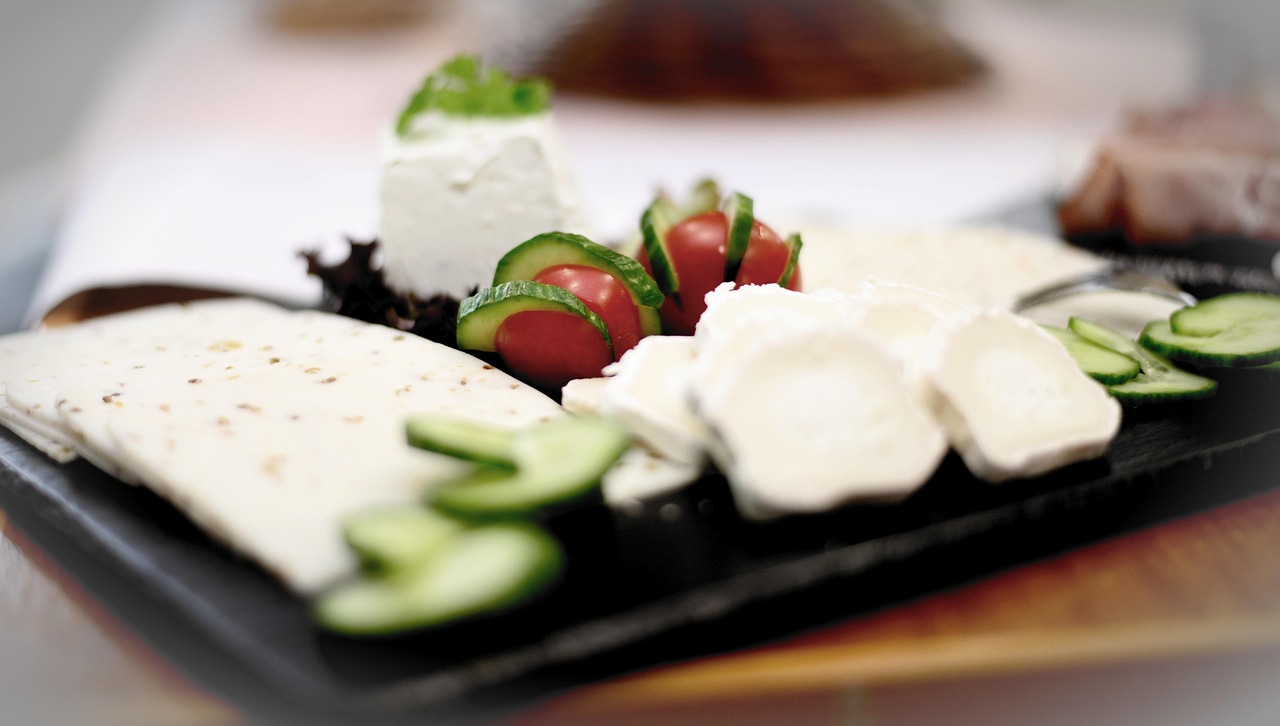
 京公网安备11000000000001号
京公网安备11000000000001号 闽ICP备2023004937号-3
闽ICP备2023004937号-3